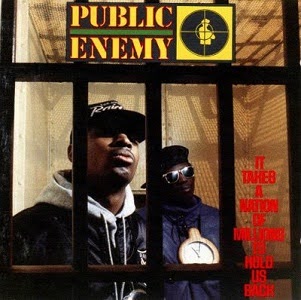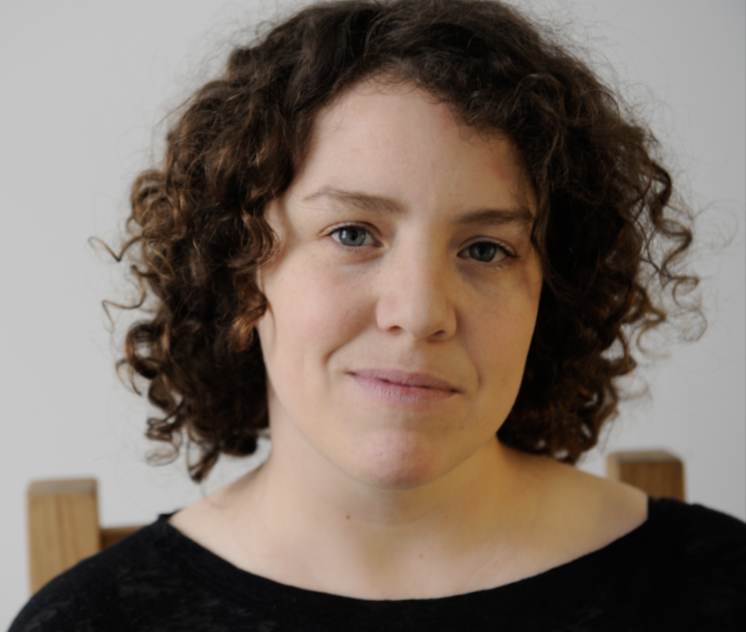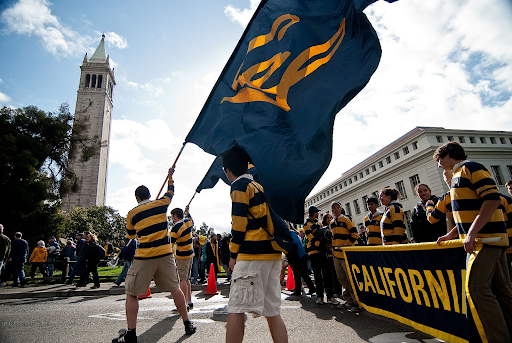Crafting your College Application: OHS ’18
February 14, 2018
Remember freshman year? Maybe you recall walking into your first classroom, or opening Adobe Connect and hopping on webcam. Whatever your first experience was, we all had that feeling in the pit of our stomachs: everything will matter. Your extracurriculars, grades and interpersonal relationships for the next four years would be foundational as you built not only a resume, but also your personality and mind. We all knew that starting high school would be daunting, Yet, we all felt the excitement of something new.
In sophomore year, you became more comfortable with the rigor. You, your teachers and parents expected much more from you. You developed your hobbies and friend groups and began to feel the pressure of impending standardized tests and competitions.
In junior year, you were probably frightened. This was the year where you pushed yourself to your limits. Tears likely dripped on a notebook at 2 AM on several nights, but your accomplishments, awards, and growth made up for the sorrow of your most important papers and exams.
And senior year? This is the end, the final stanza of your poem, the last chippings of your sculpture, that you crafted for the past 3 years. College applications were polished, deadlines were met, midyear reports were sent in. The second semester senior finally began to feel the pressure lifted and the senioritis kicking in, but felt proud of the self that they’d created.
High school is a marathon, but to the senior reading this: you survived. To everyone else, seniors’ experiences comprise what you will encounter as you present yourself to colleges. From the Stanford OHS Class of 2018, and to all future classes of OHS: we hope our insight will prepare you better as you outline the last chapter of your high school experience.
1. Attempt applications before Senior year
This admission season was a stressful but ultimately a very rewarding process for me, as I was accepted to my first-choice school ED, Columbia University. In junior year, I applied to so many summer programs with lengthy applications that I basically had a (slightly less stressful) primer on what the college application process would be this year, but without quite so many ramifications.It also really helped me visualize what college apps were going to look like.
Apply to something – anything – before applying to college. It’s helpful even down to understanding site navigation for the Common Application.
2. Find a school that matches you
Decide who you want to become, then chose the college you want to go to, not the other way around.
Ask lots of questions! Search for the emails of professors, and contact them to ask detailed and thoughtful questions about their experiences. Also, touch base with students at the school, who can provide authentic perspectives on the student life and academic programs.
Instead of focusing on rankings, work on identifying schools that match your personality and interests. This will help you to navigate the process more efficiently.
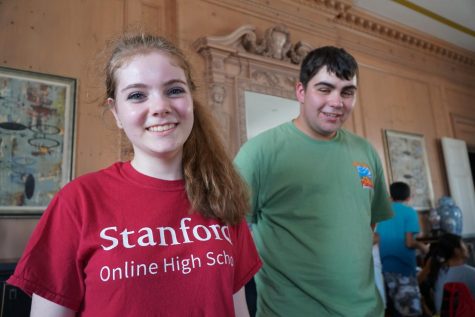
One question to ask students, professors, and administration at schools of interest is: “How would you describe the student body of this school in three adjectives?” Ask as many people as you can, and pay attention to the adjectives that are chosen.
Be honest with your college counselors about what you want out of your college experience, and get to know them as much as possible. They will suggest excellent schools that you may not have initially considered.
3. Begin Early, and Apply ED/EA
Start early. Figure out a pretty solid list [of colleges] at least by August. Don’t get too emotionally invested in reach schools (those that are more difficult to get into), and find some safeties (schools you could feasibly get into) you would also love to attend. Know that while it may seem like the end of the world to be rejected it really isn’t.
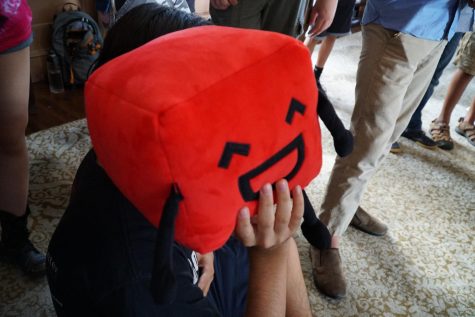
Get started with writing essays early and apply to as many colleges early (especially for public or safety schools) it’ll give you much needed relief when you already know in December that you’ve at least gotten in somewhere. Remember, even if you apply Restricted Early Action or Single Choice Early Action to a university, most such programs also allow you to simultaneously apply to public universities.
If it’s feasible for you, apply through an Early Decision or Early Action program. I applied through binding early-decision to my top choice school. Receiving notification of my acceptance in December has relieved a lot of stress that my peers have continued to experience throughout the spring semester.
Start taking standardized tests in sophomore/junior year (or earlier) so you can retake them as needed. Try to be done in the fall so you can enjoy senior year.
Don’t necessarily visit every college you wish to apply to. Many students research universities and go on virtual tours, and visit colleges after they’ve been accepted. This is a great way to save funds while still being confident that you’ve picked the right university.
4. Make an Excel Checklist
Check often to make sure you’ve submitted all of your application materials!!
Create an Excel Spreadsheet with a checklist. Include information like deadlines, scholarship applications, and essay confirmations.

5. Be Yourself
When I started my college apps, they seemed intimidating; a lot rested on them, and that was enough to have me feeling as though they had to be perfect. But perfect isn’t human. When you’re writing your essays, remember that what admissions officers likely want to see a complete picture of you, so don’t be afraid to be uniquely you. If you want to do something different or out of the box, experiment with it by all means! Don’t be the person you think they want to be – be yourself, and the rest will follow.
Write what excites you, and the result will be more authentic. Show, don’t tell – and share stories that had a great impact on you. If you start earlier, then you have more time to noodle and play with your topics and rhetoric, which makes it a little more exciting and freeing.
Quotes from students have been edited and cut for clarity.




